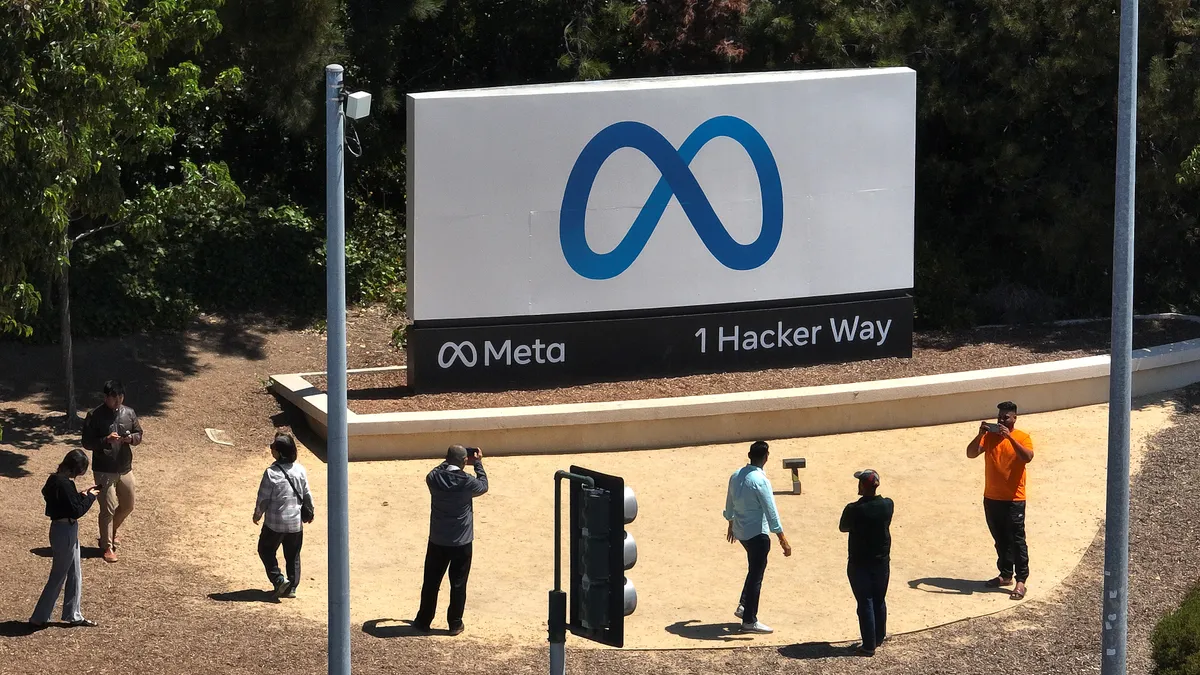Dive Brief:
- Meta released two large language models from its Llama 3 model family Thursday, along with resources and safety tools to promote responsible deployments. The text-based, open-source model comes in 8 billion parameter and 70 billion parameter sizes.
- Meta said the Llama 3 models performed favorably against Google’s Gemma and Gemini Pro 1.5, as well as Anthropic’s Claude 3 Sonnet. The company plans to release additional Llama 3 model sizes in the coming months, according to the blog post.
- “Our goal in the near future is to make Llama 3 multilingual and multimodal, have longer context and continue to improve overall performance across core LLM capabilities, such as reasoning and coding,” Meta said.
Dive Insight:
Open source has entered the AI model lexicon, creating a gray area around what it means in the context of large language models.
The open-source licenses used for LLMs don’t mimic the software licenses that enterprises have grown familiar with, such as Apache 2.0, according to Brian Jackson, research director in Info-Tech Research Group’s CIO practice.
“Open source licenses only cover code, not data,” Jackson said. “Large language models are sort of this hybrid between code and data, so that leaves an awkward space of interpretation over what could be released as part of the open-source license.”
Some models are more open than others. The Llama 3 research paper, for example, won’t go live until training is completed in the coming months, Meta said, though developers can access the models already.
“We are embracing the open source ethos of releasing early and often to enable the community to get access to these models while they are still in development,” the tech company said.
Model providers are acting as the manufacturers, deciding which aspects to release and how to define open-source, Jackson said.
Regulators are already grappling with nailing down what open-source AI means and determining proper model guardrails. The Department of Commerce’s National Telecommunications and Information Administration touched on these matters in a February request for comment issued in response to the White House’s AI executive order.
While a formal policy recommendation report is expected at some future date, vendors and managed service providers are picking up the guardrail standardization baton. Red Hat, Intel and others are working to craft architectural blueprints, frameworks and a four-step model-grading system to help tech leaders determine the enterprise-grade readiness of systems.
Enterprises interested in open models — but wary of legal liability — will likely turn to managed service providers that offer legal cover.
“One of the nice things about using a commercial vendor, like if you’re accessing OpenAI models through Azure, it's under a commercial license and will mitigate some of the risks,” Jackson said.














